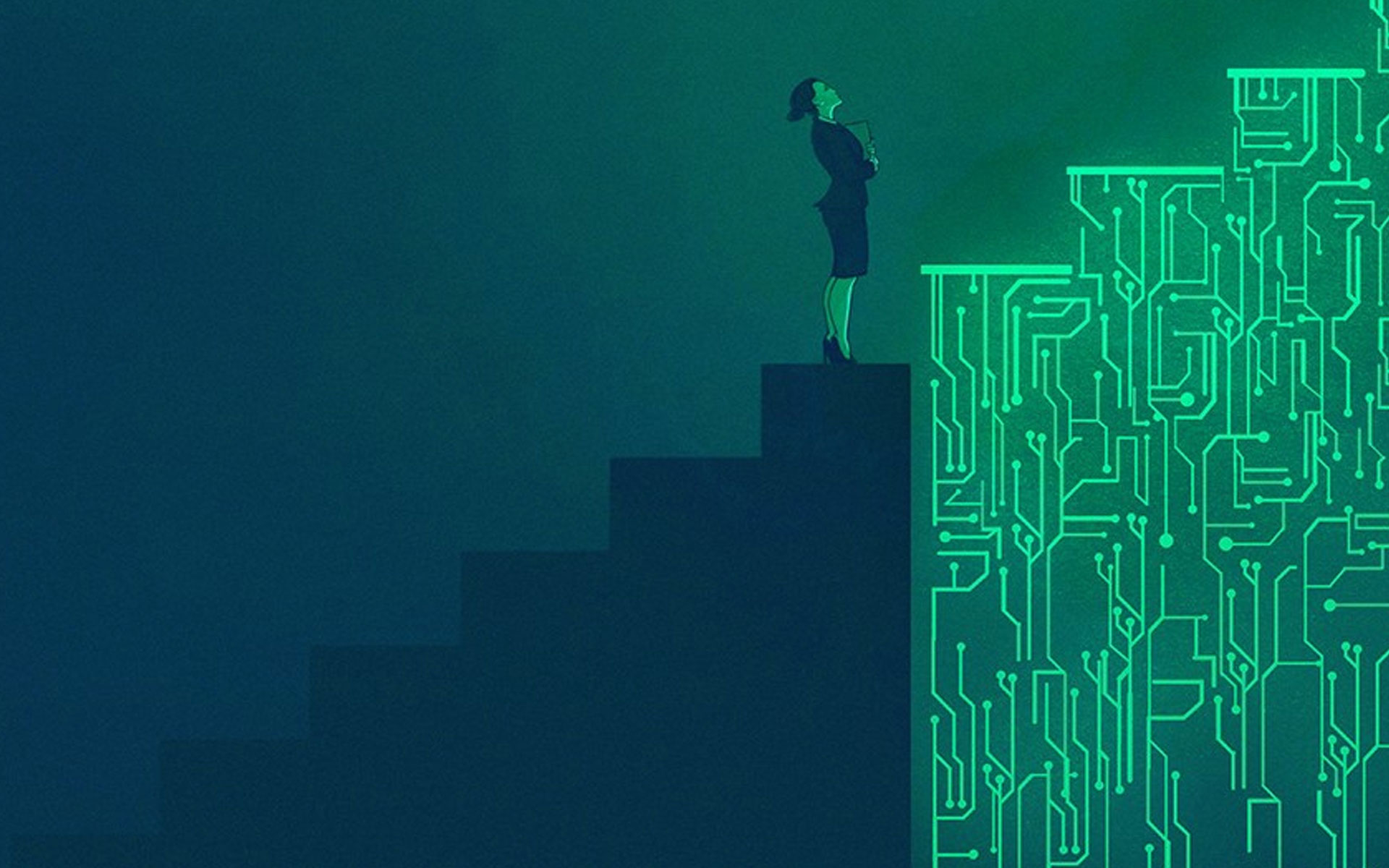How task relevance and mindfulness can help you stay on track and boost your effectiveness
You’re at work drafting an important marketing analysis for a health care app. A message indicator slides across your screen: The photocopier is down. Another: Your dog walker is sick. Now an e-mail prompt: A public health official has forwarded new data on age-related diabetes. Your spouse texts that they’ll be late for dinner. All of these messages increase your perception of workload and leave you feeling overwhelmed. Your productivity plummets and your stress level soars.
Knowing that, on average, interruptions come at you every three minutes —and require up to twenty-three minutes for you to recover from them—doesn’t help. But perhaps this will: New research suggests that some computer-mediated interruptions can actually improve your productivity, reduce your stress levels, and boost your sense of job satisfaction.
Alain Pinsonneault, Chaired Professor of Information Systems at McGill University, and co-author Shamel Addas, Assistant Professor at Queen’s University, have shown that there is an upside to e-mail interruptions. But how do we distinguish between negative and positive interruptions? The key is looking out for task relevancy and applying mindfulness.
Relevant information improves performance
Consider the onslaught of interruptions interfering with your ability to write that marketing analysis. Most were irrelevant, but one was directly related to the task at hand. The e-mail from the health official was an interruption that could provide the data necessary for your analysis. However, in the absence of mindful processing, you might have overlooked it.
“Multitasking is difficult to do and most often performance suffers when we attempt it,” says Pinsonneault, whose research has revealed the possible advantage of IT-mediated distractions. He cites examples of a plane crash traced to an e-mail interruption during flight preparation and other research showing a 20 per cent drop in performance among university students dealing with interruptions during an exam.
Trying to multitask or address with equal measure every interruption leads to what researchers call “chains of diversions” in which each distraction leads to others in a cascading loss of concentration. In more than 40 per cent of cases, the work being done prior to the original distraction is never returned to.
Multitasking can be effective, however, when it’s related to the job being performed, such as scanning a document for information related to a simultaneous phone conversation or breaking concentration to address new and related information as it comes through.
In such cases, workplace interruptions are not distractions—they are opportunities for improved efficiency, and with improved efficiency there is a reduction in stress that can sharpen focus.
Mindful processing of relevant information
“There are the two key elements that make some interruptions positive—task relevancy and mindfulness,” says Pinsonneault. Interruptions that are relevant to your work trigger mindfulness and mindfulness makes it easier to focus on relevant interruptions by filtering them from the cacophony of distractions.
While we may be tempted to shut off all interruptions to improve focus, doing so over an extended period of time can have negative consequences.Imagine that your dog walker’s cancellation leads you into a labyrinth of distractions that eat up an hour of your time. In a moment of frustration, you shut off prompts from texts, tweets, messages, and e-mails until the end of the day—but by doing so you miss the e-mail from the health official.
Perhaps you might immediately archive your incoming messages and address them later instead. But while this may be helpful in the moment, it won’t be in the long run because you’ll remain fully aware of the e-mail accumulation as the day progresses.
Enhancing mindfulness and increasing productivity
Pinsonneault points out that achieving mindfulness or the ability to remain focused varies among individuals, but that the more it’s done, the easier it gets.
Employers can help by supporting workplace practices that make it easier to stay focused while avoiding approaches that lead to heavily subjective workloads, such as adopting multiple and diverse communication tools.
Think before you hit “send.”Another approach is to work on the sender because 70 per cent of interruptions are from co-workers and 50 per cent are not work related. Think before you hit “send.” Letting co-workers know you’ve set aside blocks of interruption-free time also provides respite from the anxiety of message buildup and the urge to respond immediately to each interruption.
Employers can encourage their staff to take artificial measures that enforce mindfulness. Turning off all communication prompts except during regular and dedicated periods of time (e.g. the last five minutes of each hour or two half-hour sessions a day) enables focus to remain intact without the worry that important information is being missed. Working in a concentrated manner for set bursts of time—twenty-five to forty-five minutes, followed by short five-minute sessions of rest—also has proven to be beneficial for retaining focus.
These findings have design implications as well. The function that enables the sender to see when a message has been read compounds stress levels for the recipient. “That adds big pressure,” says Pinsonneault. Instead, he recommends systems that recognize and file e-mails automatically for the recipient or that add tasks to the recipient’s agenda without interruption. Even better would be a system designed to temporarily hold back all messages except those containing the task-relevant terms that are pre-programmed by the recipient.
Given our increasing dependence on IT-mediated communications, this silver lining in workplace distractions is encouraging. For Pinsonneault, an important first step is making mindfulness and task-relevancy a big part of all our workplace discussions.














